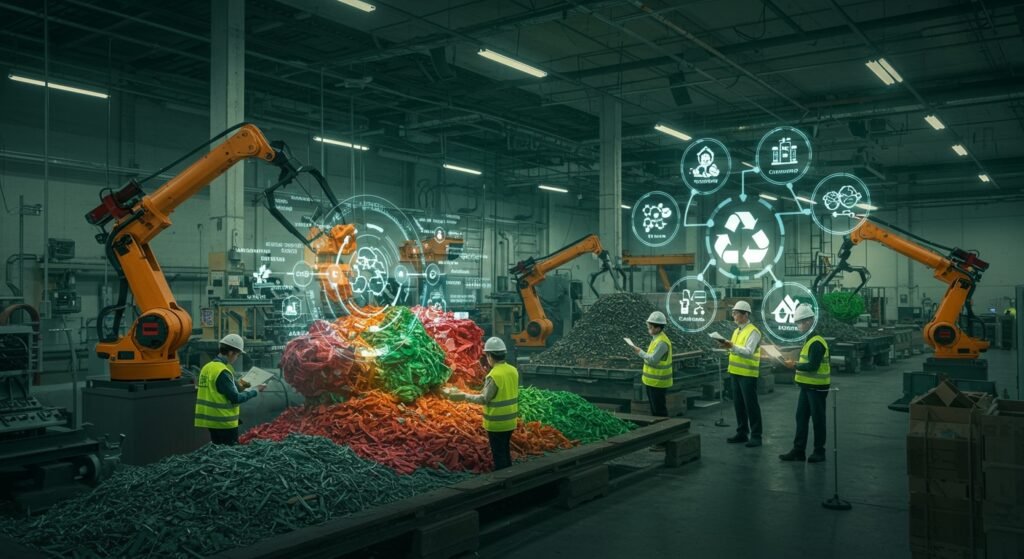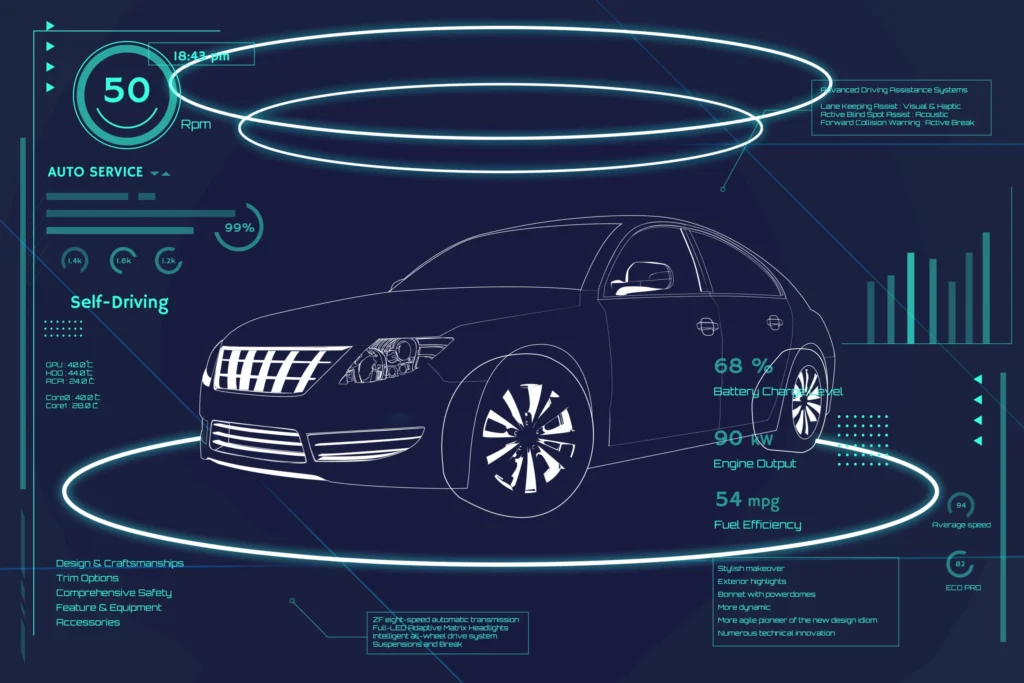Circular Economy in Manufacturing: Reducing Waste and Increasing Value
The traditional ‘take-make-dispose’ linear economic model has long dominated global industries, leading to significant waste generation, resource depletion, and environmental degradation. However, a transformative shift is underway: the **circular economy**. This innovative approach in manufacturing redefines how we design, produce, and consume, aiming to keep resources in use for as long as possible, extract the maximum value from them while in use, then recover and regenerate products and materials at the end of each service life. By embracing the principles of the circular economy, manufacturers can not only mitigate their environmental impact but also unlock new avenues for economic growth, efficiency, and resilience.
Table of Contents
- Understanding the Circular Economy
- Key Principles of Circular Manufacturing
- Benefits of Adopting a Circular Economy Approach
- Challenges and Solutions
- Conclusion
Understanding the Circular Economy
At its core, the **circular economy** is a systemic approach to economic development designed to benefit businesses, society, and the environment. Unlike the linear model, which ends with disposal, the circular model emphasizes three core principles: eliminate waste and pollution, circulate products and materials (at their highest value), and regenerate nature. This paradigm encourages a fundamental rethink of product design, business models, and supply chains.
Linear vs. Circular Models
The contrast between the two models is stark. The linear model extracts raw materials, manufactures products, and disposes of them after use. The circular model, conversely, focuses on durability, reuse, repair, remanufacturing, and recycling. It treats waste as a design flaw, aiming to keep materials within the economic loop, thereby preserving their inherent value and reducing the need for virgin resources.
Key Principles of Circular Manufacturing
Implementing a circular economy in manufacturing involves integrating several key principles into operational strategies. These principles guide businesses towards more sustainable and efficient practices.
Design for Durability and Recyclability
Circular design starts at the drawing board. Products are conceived with longevity, ease of repair, and eventual material recovery in mind. This means selecting materials that are safe and can be reprocessed, designing components that can be easily disassembled for repair or replacement, and minimizing the use of composite materials that are difficult to separate. Modular design, for instance, allows for component upgrades rather than full product replacement.
Resource Efficiency and Waste Reduction
Minimizing resource input and maximizing output is crucial. This involves optimizing production processes to reduce scrap, using renewable energy sources, and implementing advanced tracking systems to monitor material flows. Companies are exploring innovative technologies like additive manufacturing (3D printing) to reduce material waste significantly. Further insights into sustainable practices can be found at The Ellen MacArthur Foundation, a leading advocate for the circular economy.
Recycling and Regeneration
When products reach the end of their useful life, the circular model prioritizes their regeneration. This includes recycling materials back into production, remanufacturing components, or composting organic materials. Advanced recycling technologies are making it possible to recover higher-quality materials, closing the loop more effectively.
Comparison of Material Recovery Methods
| Method | Description | Typical Outcome |
|---|---|---|
| Reuse | Using a product multiple times for its original purpose. | Extended product life, minimal processing. |
| Repair | Fixing a broken product to restore its functionality. | Extended product life, specific part replacement. |
| Refurbish | Restoring a used product to near-new condition. | Improved aesthetics and functionality. |
| Remanufacture | Disassembling a product, restoring components, reassembling. | ‘Like new’ product with significantly less energy/material than new. |
| Recycle | Processing materials from waste into new products. | New products from recovered raw materials. |
Benefits of Adopting a Circular Economy Approach
Embracing the circular economy offers a multitude of benefits for manufacturers. Economically, it can lead to significant cost savings through reduced material purchases, lower waste disposal fees, and new revenue streams from recovered resources. Environmentally, it lessens reliance on virgin resources, reduces greenhouse gas emissions, and minimizes pollution. Furthermore, it enhances brand reputation, fosters innovation, and builds resilience against supply chain disruptions. For more on how sustainability drives business value, check out our article on Sustainable Business Practices.
Challenges and Solutions
While the promise of a circular economy is vast, its implementation comes with challenges. These include the complexity of designing for circularity, establishing reverse logistics for product take-back, developing new recycling and remanufacturing infrastructure, and overcoming consumer inertia. Solutions involve collaborative efforts across the value chain, government incentives, consumer education, and technological advancements in material science and process automation.
Conclusion
The circular economy represents a fundamental shift in how manufacturing operates, moving from a wasteful linear system to a regenerative, value-adding cycle. By prioritizing waste elimination, resource circulation, and natural regeneration, manufacturers can secure long-term sustainability, enhance profitability, and contribute positively to global environmental goals. The transition demands innovation, collaboration, and a willingness to rethink traditional business models, but the benefits for a more resilient and sustainable future are undeniable. Embracing the circular economy is not just an environmental imperative; it’s a smart business strategy for the 21st century.


